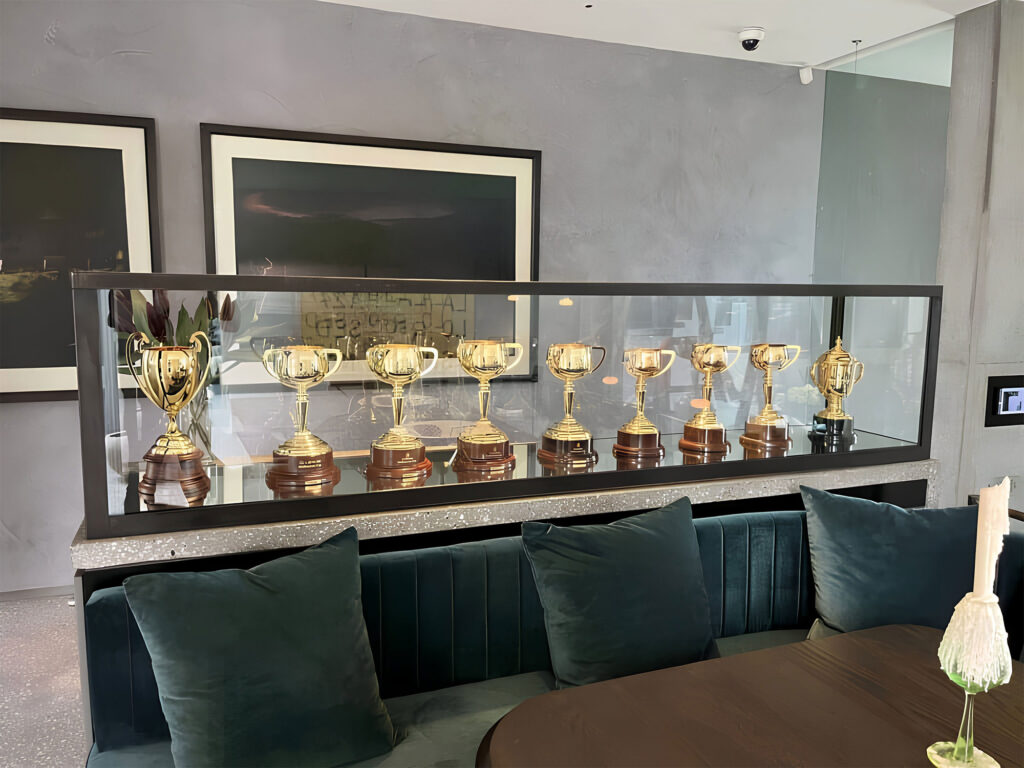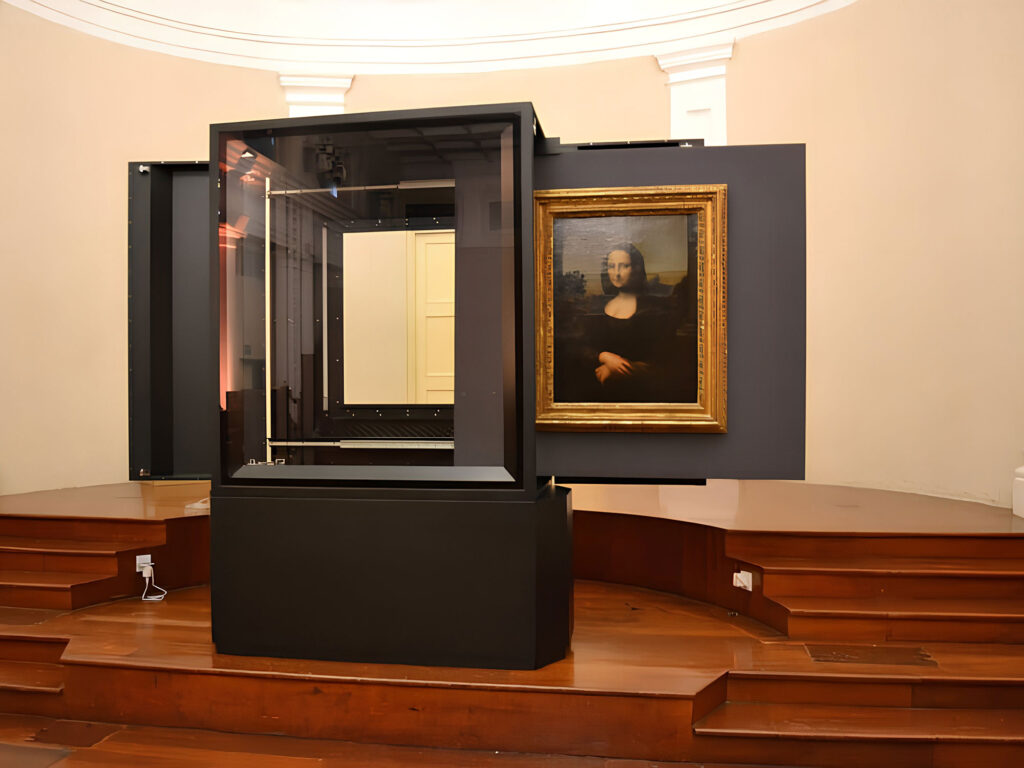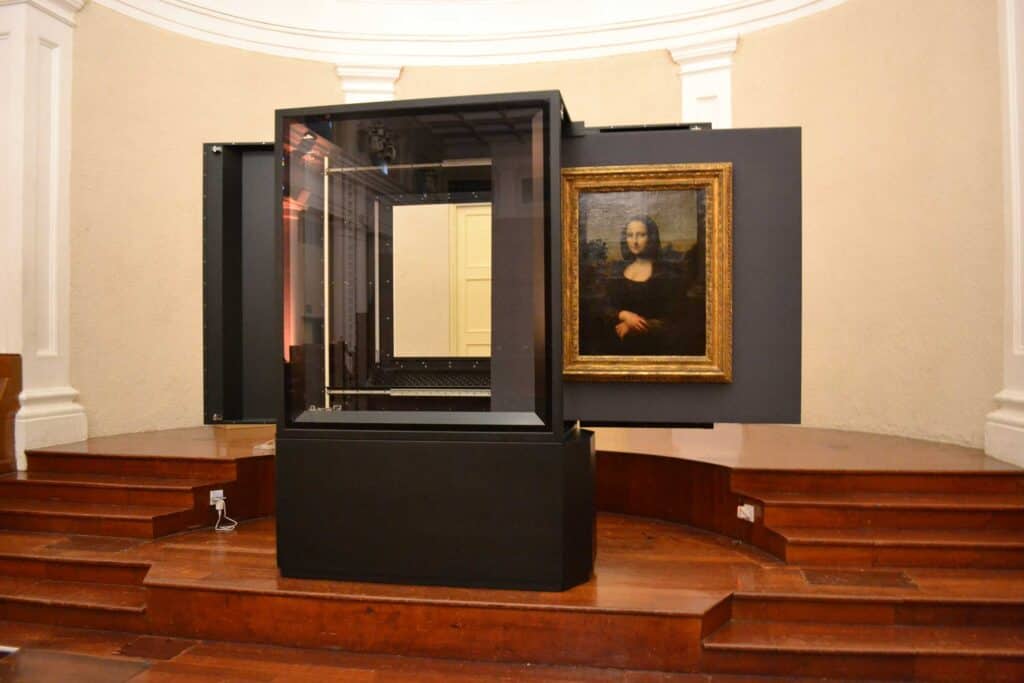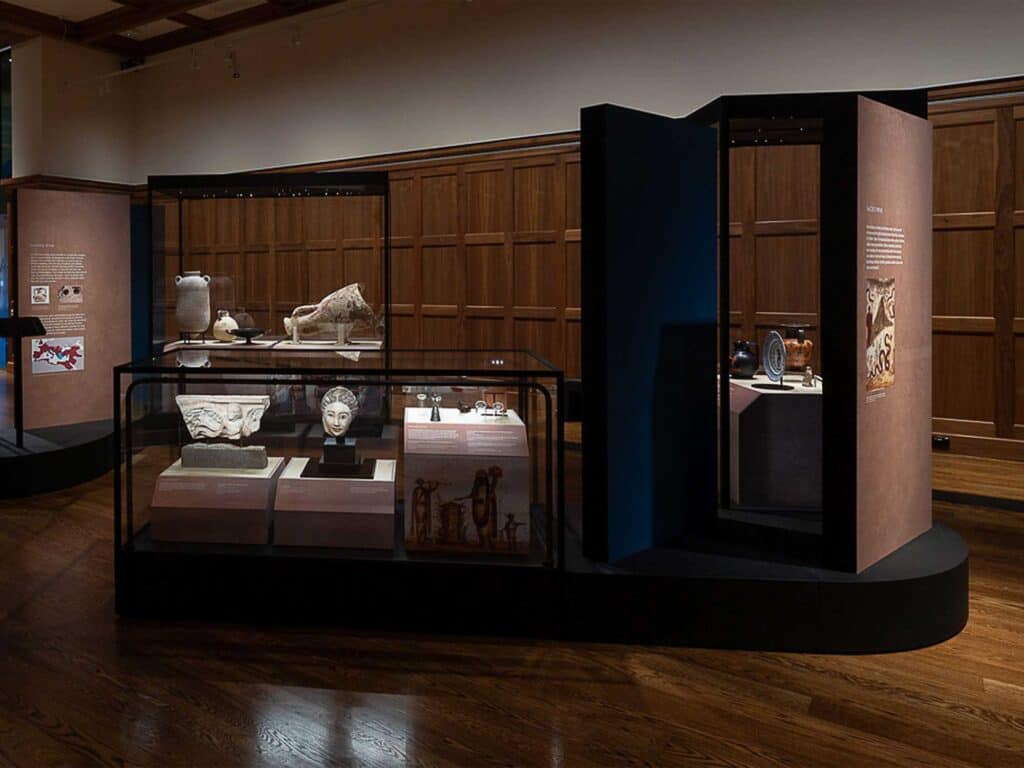Museum Display Cases and Museum Showcases
Museum Display Cases and Showcases Serve Two Distinct Purposes in Presenting Artefacts, Artworks, Products and Collectables.
Elevating artefacts through purpose-built precision and engineering
Museum display cases are versatile and can be found in various settings, including museums, retail stores, and homes, to exhibit a wide range of items. They come in diverse styles and sizes, with glass panels to protect and display objects.
In contrast, museum showcases are purpose-built for the exclusive use of museums and galleries, primarily designed to exhibit valuable or historically significant pieces. Museum showcases often incorporate advanced technologies to maintain optimal conditions for preservation and aesthetics.
Museum Display Cases
While museum display cases can be found in museums, they are not exclusive to these institutions. They are versatile and commonly used in retail stores to exhibit merchandise, in educational settings to showcase scientific specimens, and even in homes to display collectibles.
These cases typically utilize tempered glass and come in various sizes and shapes to accommodate different items.
While museum display cases may incorporate security features, they do not prioritize the same level of environmental control and security as museum showcases.


Museum Showcases
Museum showcases, however, take technology further and are custom-built for museums and galleries, providing a controlled environment for fragile or valuable artifacts.
Museum showcases are equipped with technologies to maintain specific temperature, humidity, and lighting conditions, ensuring the preservation of the items on display. For instance, climate control systems regulate temperature and humidity to prevent deterioration, while advanced lighting systems create ideal viewing conditions.
Museum showcases often include specialized UV filtering to shield against harmful ultraviolet light. Security features, such as reinforced glass and alarm systems, are often used for additional protection.
The primary distinction between museum display cases and museum showcases lies in their intended use and the level of technology applied. The engineers at European Museum Technology can help you and your team decide which option is right for you.
FAQ
While the terms are often used interchangeably, a museum showcase typically implies a higher specification, with engineered features for conservation, security, and precise climate control for sensitive artefacts.
EMT designs and builds its products to meet established international museum standards for conservation and security, including specifications for air exchange rates, material stability, and structural integrity.
Showcases can be engineered to be hermetically sealed, achieving very low air exchange rates. They can also incorporate passive humidity control systems using silica gel compartments to maintain a stable internal RH.
Security options include multi-layer laminated security glass, concealed high-security locking systems, and integration points for contact alarms and vibration sensors connected to the building’s security system.
Yes, EMT fabricates showcases designed for the rigours of permanent collections as well as modular and mobile solutions ideal for the changing needs of temporary or travelling exhibitions.



